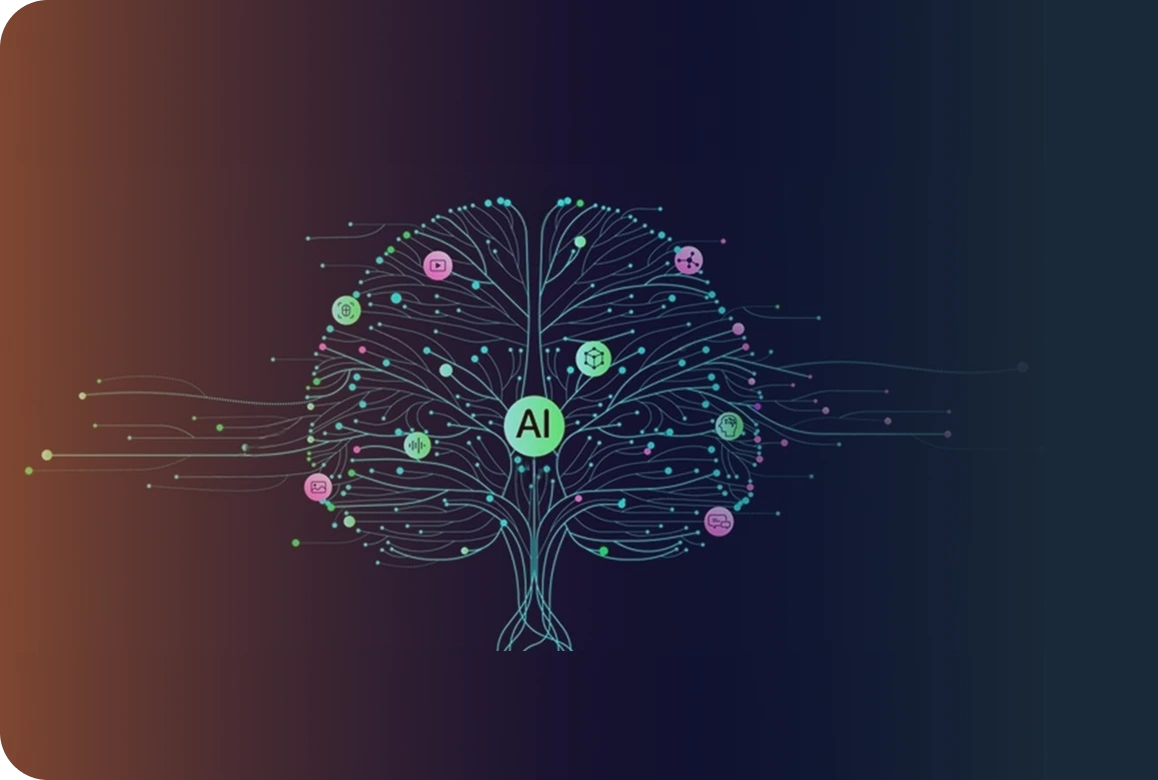
In the captivating realm of marketing, where ideas and brands come to life, one truth shines through: marketing is a people-focused process. And, you need B2B buyer personas to understand them.
Imagine entering a bustling marketplace, surrounded by eager faces and buzzing conversations. The success of your business hinges upon understanding these individuals, their deepest desires, and unspoken needs. You become an orchestrator of emotions, crafting campaigns that resonate deeply and elicit a chorus of “Yes, that’s exactly what I’ve been looking for!”.
From enticing taglines to engaging visuals, every touchpoint is meticulously designed to forge connections and build lasting relationships. Remember, behind every transaction lies a person, craving authenticity, value, and a genuine connection. In the realm of marketing, it’s the people who reign supreme.

Benefits of B2B Buyer Personas in Demand Generation
B2B buyer personas give you a cumulative idea of who your ideal customers are. They drive decisions in terms of campaign choices, content, messaging, and more. Let’s check the benefits of B2B buyer personas in demand generation in a little more detail.
- Targeted marketing campaigns: Enable personalized messaging and content, increasing campaign effectiveness.
- Improved lead generation and nurturing: Identify high-value prospects and tailor communication, enhancing conversion rates.
- Enhanced sales and marketing alignment: Align efforts based on personas, improving collaboration and revenue generation.
- Increased customer-centricity: Develop empathy and, deliver products and services that meet customer needs.
- Higher ROI on marketing investments: Targeted approach optimizes resource allocation, maximizing business outcomes.
- Better Predictability of Trends: Predict potentially valuable demand generation trends ahead of time by understanding your buyer’s thought process.
7 Steps to Create B2B Buyer Personas for Demand Generation
Creating a B2B buyer persona is much more than just answering a few questions about your customers and making a profile. Here are 7 steps to create a B2B buyer persona, explained in detail.

1. Market Research and Data Analysis
Start by digging into market research, surveys, and analytics to gather valuable insights about your target audience. Look for demographic information like age, gender, and location, as well as firmographic details such as company size, industry, and job titles. This helps you build a solid foundation of data to understand who your potential customers are. And, 48% of buyers are more likely to choose solution providers who market to their specific needs.
2. Identifying Common Pain Points
To truly connect with your audience, you need to know their pain points. This involves conducting interviews, surveys, or analyzing customer feedback to uncover the challenges they face in their professional lives. By understanding these pain points, you can position your product or service as the solution they’ve been searching for.
3. Gathering Insights From Sales and Customer Support Teams
Your sales and customer support teams are goldmines of information. They interact with customers on a daily basis and can provide invaluable insights into their needs, preferences, and objections. Tap into their expertise to gain a deeper understanding and validate your buyer personas. This would make your data-driven demand generation strategy easier to execute.
4. Crafting Detailed Buyer Personas
With the data and insights gathered, it’s time to bring your buyer personas to life. Create comprehensive profiles that represent different segments of your target audience. These profiles should include details like job titles, responsibilities, goals, motivations, challenges, preferred communication channels, and even personal interests. The more detailed and human-like your personas are, the better you can tailor your marketing efforts.
5. Validating Personas Through Customer Interviews
Once you’ve created your initial buyer personas, it’s essential to validate them. Reach out to existing customers who match your persona profiles and conduct interviews to gather feedback. Ask them if the personas resonate with their experiences and if there are any areas that need refinement. This iterative process ensures that your personas accurately reflect your real customers.
6. Documenting and Sharing Personas
Document your buyer personas in a clear and concise manner. Include visual representations, stories, and key attributes to make them relatable and memorable. Share these persona documents with your marketing, sales, and product teams so that everyone is on the same page. Alignment across the organization ensures a consistent and cohesive approach to demand generation.
7. Continuous Iteration and Improvement
Buyer personas are not set in stone. They should evolve and improve over time. Regularly review and update your personas based on feedback, new data, conversion stats, and changes in the market landscape. As you learn more about your audience, refine your personas to keep them relevant and effective.
Taking the Next Step
Creating a buyer persona is a huge task that makes your demand generation process faster. But, it is just the beginning of your demand generation strategy. So once it’s ready, you should get going with generating brand awareness, developing a content strategy, and much more. If you want a guide for that check out our article: The Ultimate Guide to Create a Data-Driven B2B Demand Generation Strategy
Our blog
Latest blog posts
Tool and strategies modern teams need to help their companies grow.

Today’s B2B buyer journey is anything but linear, spanning multiple channels, stake...

This article delves into the strategic importance of B2B customer win-back campaigns,...

As marketing leaders face mounting pressure to influence revenue, RevOps automation o...







